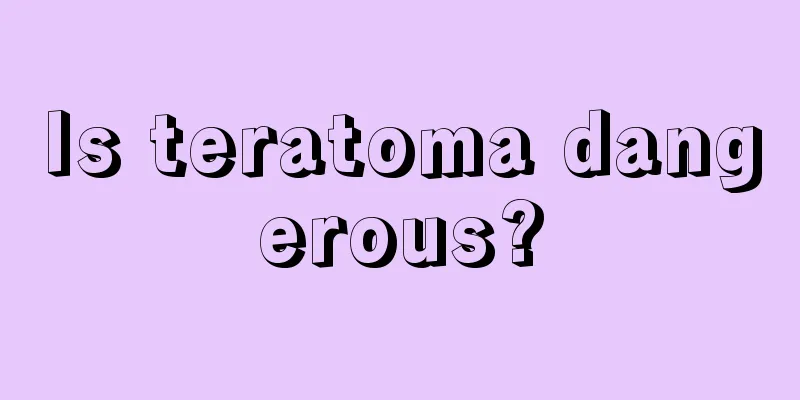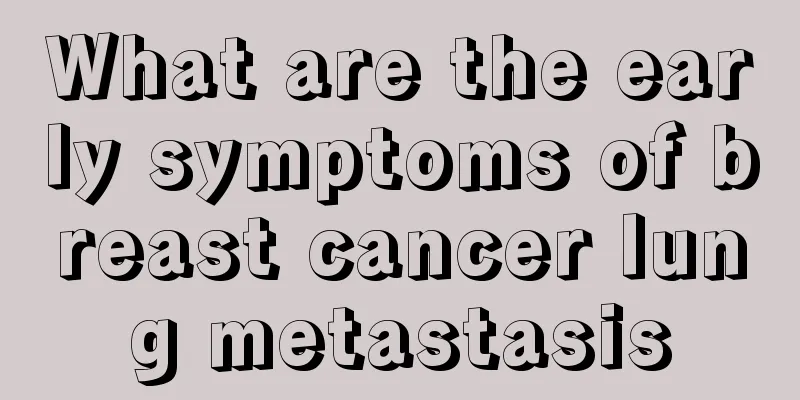This is what the tensor fasciae latae is all about

|
In daily life, when people go to the hospital for treatment after a hip injury, they are always told by the doctor that it is a problem with the tensor fasciae latae. So what exactly is the tensor fasciae latae? Most people don't really understand this. In fact, the tensor fasciae latae is a very small muscle on the outside of the thigh. Once it is injured, people will have difficulty standing and walking. There is a small but very important muscle on the outer part of the upper thigh. Once it is injured or has functional problems, our daily standing and walking will be greatly affected. Its name is the tensor fasciae latae. As shown in the figure below: The tensor fasciae latae is flat and rectangular and is located on the outside of the buttocks and thigh, with the sartorius muscle in front and the gluteus medius muscle behind. The tensor fasciae latae is hidden between two layers of fascia lata. It originates from the anterior superior iliac spine, passes through the iliotibial tract at the junction of the upper, middle and middle thirds of the femur, and ends at the outer side of the upper end of the tibia. It has the function of pulling (flexing) the thigh forward and abducting it. When we stand, the tensor fasciae latae will contract, restraining the muscles on the outside of the thigh, increasing their tension and contraction force, and also playing a role in fixing the knee joint to maintain the standing posture. Because the thigh muscles are large and active, the tension of the tensor fasciae latae increases, which increases the chances of friction. In addition, it is located superficially and is easily affected by external wind, cold, dampness, trauma, and other factors, which can lead to pathological changes. When you often bend over or sit to work, the hip joint is in a flexed position, which can cause shortening and degeneration of the tensor fasciae latae and aseptic inflammation. When one side of our waist, hip, knee, calf or ankle is painful due to disease and we cannot walk with weight, the other leg has to bear the entire body weight. Such long-term weight-bearing on one leg will cause strain lesions of the tensor fasciae latae on the healthy side. When the thigh is suddenly extended and the knee is straightened, it often causes acute injury to the tensor fasciae latae, which will contract protectively. So what does tensor fasciae latae contracture look like? The common symptoms are buttock pain or pain on the outer side of the hip, obvious pain in the hip when lifting the leg while walking, and fear of putting weight on one leg. When the contracture is not serious, the patient may feel soreness, tiredness, swelling, pain or discomfort in the hip and difficulty walking. Generally, the patient can persist in moderate to small activities, but the symptoms are aggravated at the beginning and end, especially when rotating the body, extending the hip, and changing the direction of movement rapidly. When the contracture is relatively severe and lasts for a long time, there will be numbness in the front and outer part of the hip, and the pain often radiates along the outer side of the thigh to the knee. If the iliotibial band contracts and degenerates, it will interfere with the femoral trochanter when the hip joint is flexed and extended, causing a snapping sound, forming a "snapping hip." Even the outer thighs feel tight, like a bow string being stretched tight, making it harder to control walking, with toes pointing outwards, a sideways limp, and a crab-like gait. If the contracture of the tensor fasciae latae is not very serious, you can use the following method for self-rehabilitation: press the anterior superior iliac spine in front of the ilium with the index and middle fingers of the same hand, and press with the thumb one horizontal palm downward and backward, which will cause obvious pain. This pain point is the main treatment point. In addition to this place, you may find corresponding pain points from this point along the fascia lata downward to the iliotibial band. Some people may also have pain in the inner sartorius muscle. These parts are also treatment points. The treatment method is to use your fingers to lift and pinch the painful area to relax the tensor fasciae latae and surrounding soft tissues. The technique is performed from top to bottom, and the force can be from light to heavy. Lift and pinch about 20 times, and then use the base of your palm to push and press the tensor fasciae latae along the direction of the muscle until it feels soft and warm. If this method is not effective, you can choose blade needle therapy to loosen the contracture of the tensor fasciae latae! ! ! It should be noted that: 1. In acute cases, adequate rest is required and it is best not to use manipulation. 2. After the acute phase, local hot compresses can also achieve certain results. |
<<: Is it true that milk can relieve spiciness?
>>: It turns out that these are the 7 symptoms of avoidant personality
Recommend
How to prevent gallbladder cancer
Gallbladder cancer is a bile disease. Many people...
Will drinking milk at night help you grow taller?
Milk has always been a popular dairy product. Dri...
Why is liver cancer diagnosed at the advanced stage upon examination? The sooner you know these common knowledge about liver cancer, the better
People who are susceptible to liver cancer: They ...
What does it mean to close your eyes and rest your mind?
Closing your eyes and resting your mind is someth...
Early gastric cancer generally does not recur
Early stage is just a relatively broad concept. I...
Intimate postures for couples
When the relationships in a group develop to a ce...
The efficacy and usage of coconut essential oil
In life, many women like to use essential oils, b...
Is sauna a sweat steaming?
In modern life, people pay more and more attentio...
What are the important measures to prevent liver cancer? 4 most effective measures to prevent liver cancer
What are the important measures to prevent liver ...
How to self-treat lumbar disc herniation
Lumbar disc herniation is a disease that is neith...
Can lychees be eaten with watermelons?
Lychee is a hot fruit. In ancient times, it was a...
Can tongue cancer be completely cured?
Cancer has taken the lives of countless people an...
How to choose dried longan
Longan is a subtropical fruit, mainly produced in...
The best hospital for treating gallbladder cancer
I believe everyone knows that gallbladder cancer ...
What are the adverse effects of always being constipated?
I believe that most people don’t pay much attenti...









